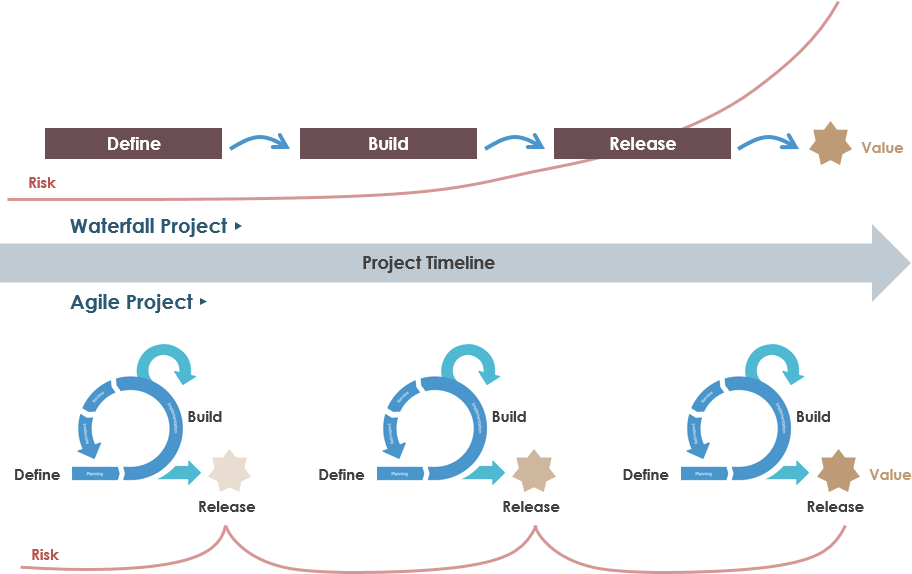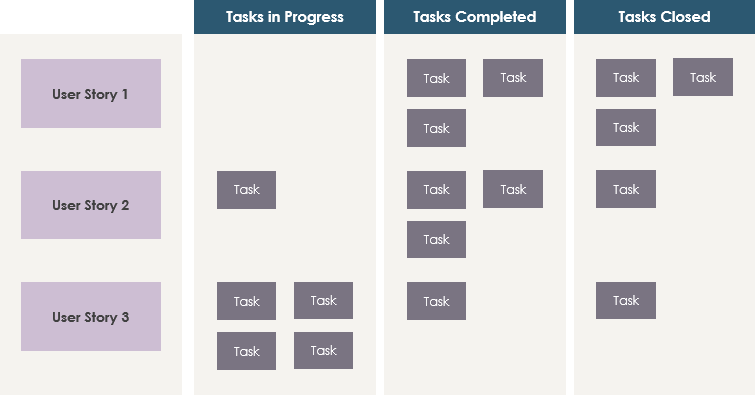Agile Product Development vs. Waterfall: Choosing the Right Approach
Introduction In the world of project management, selecting the appropriate methodology is akin to choosing the foundation upon which a project will stand. Two methodologies, Agile and Waterfall, have long been at the forefront of this decision-making process. Agile, known for its flexibility and adaptability, stands in stark contrast to Waterfall, which adheres to a structured and sequential path. The choice between these two approaches can significantly impact a project's success. In this article, we will explore the key characteristics of Agile and Waterfall methodologies, examining their strengths and weaknesses, and providing insights…continue reading →



